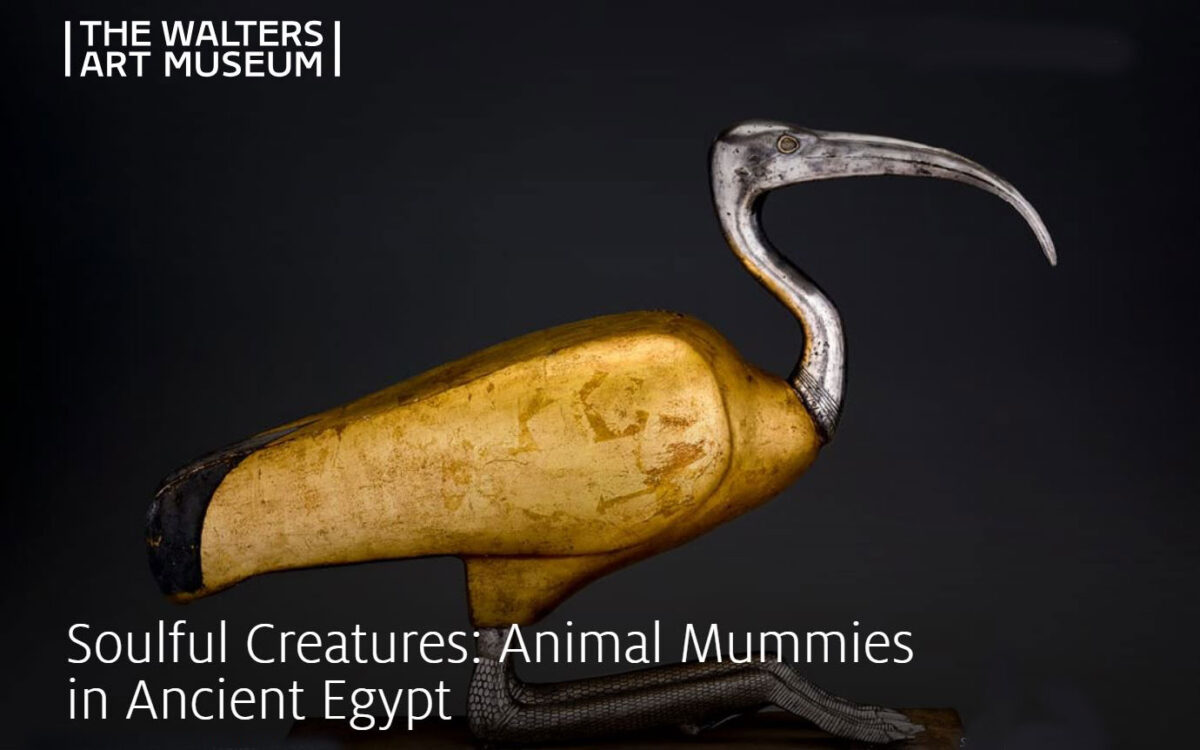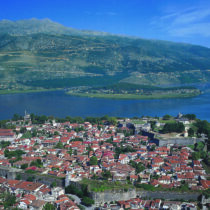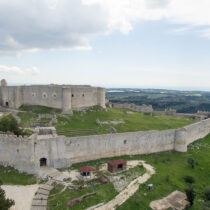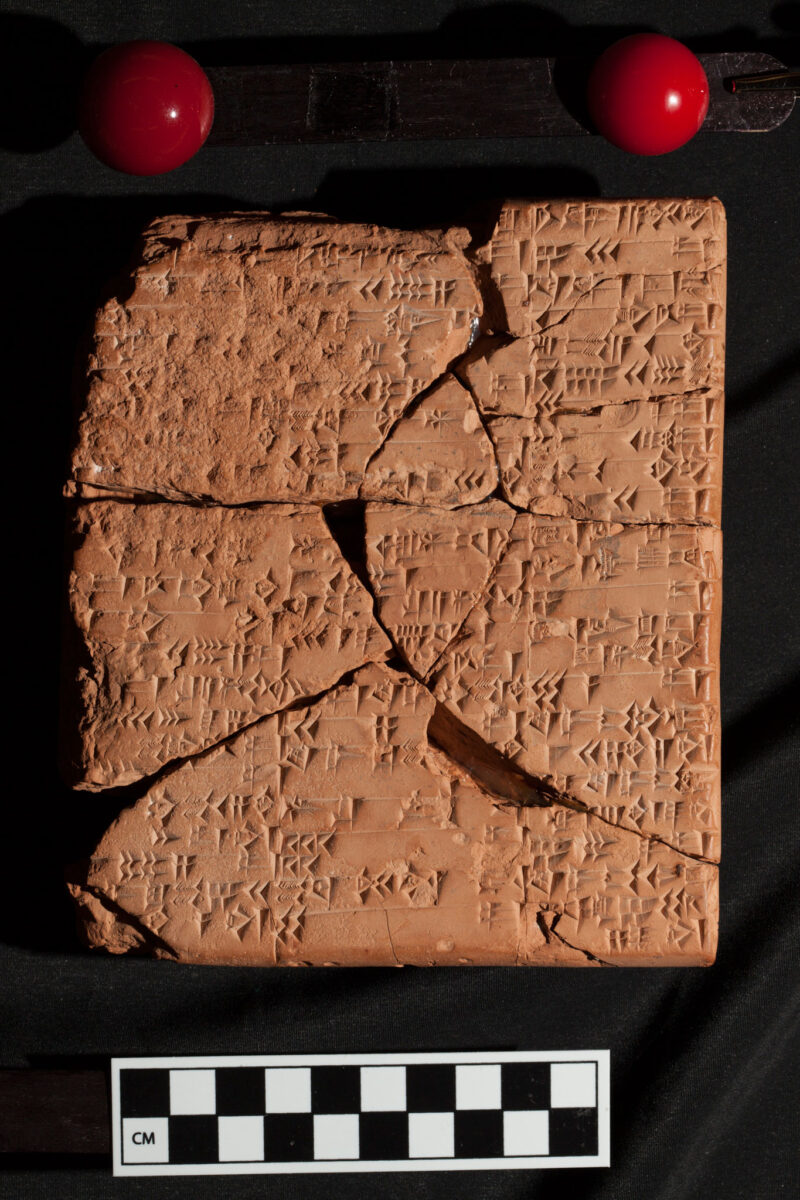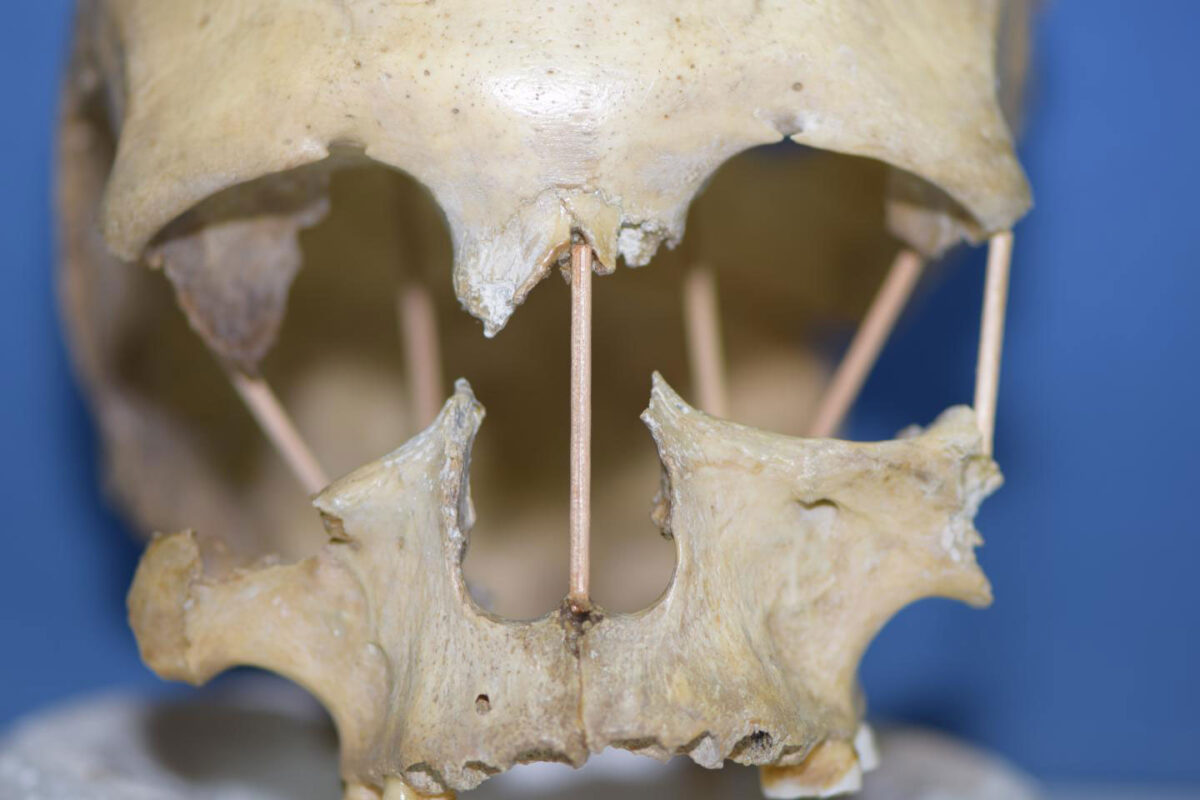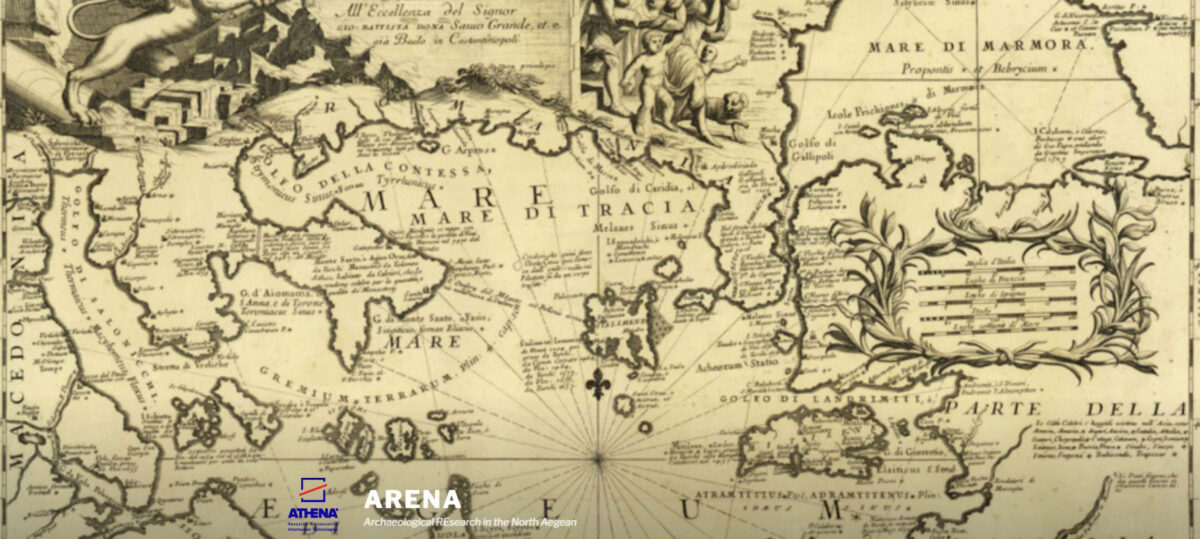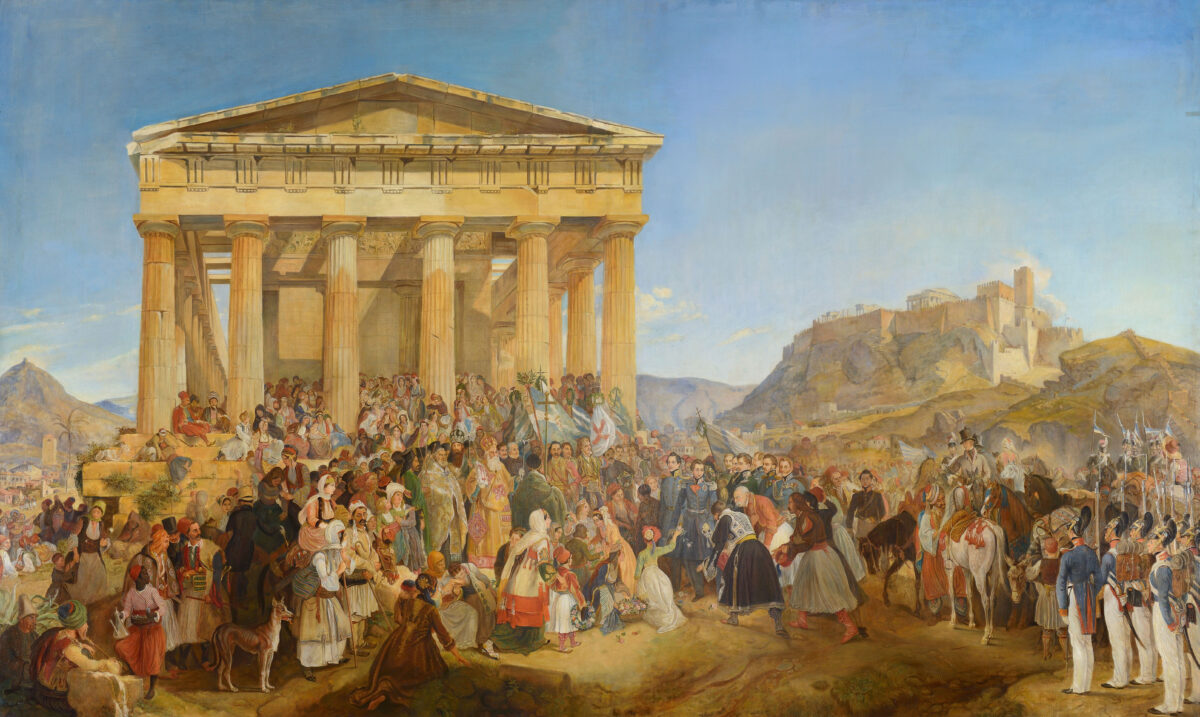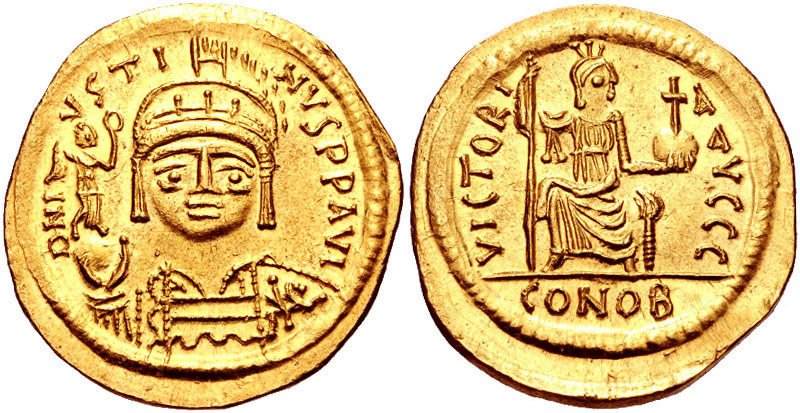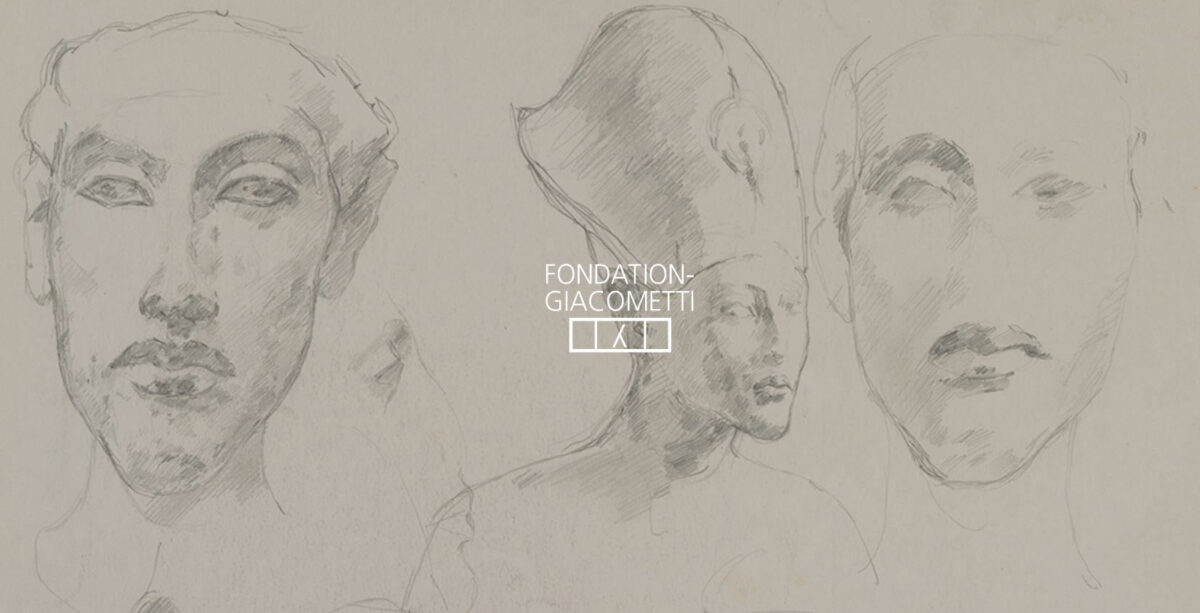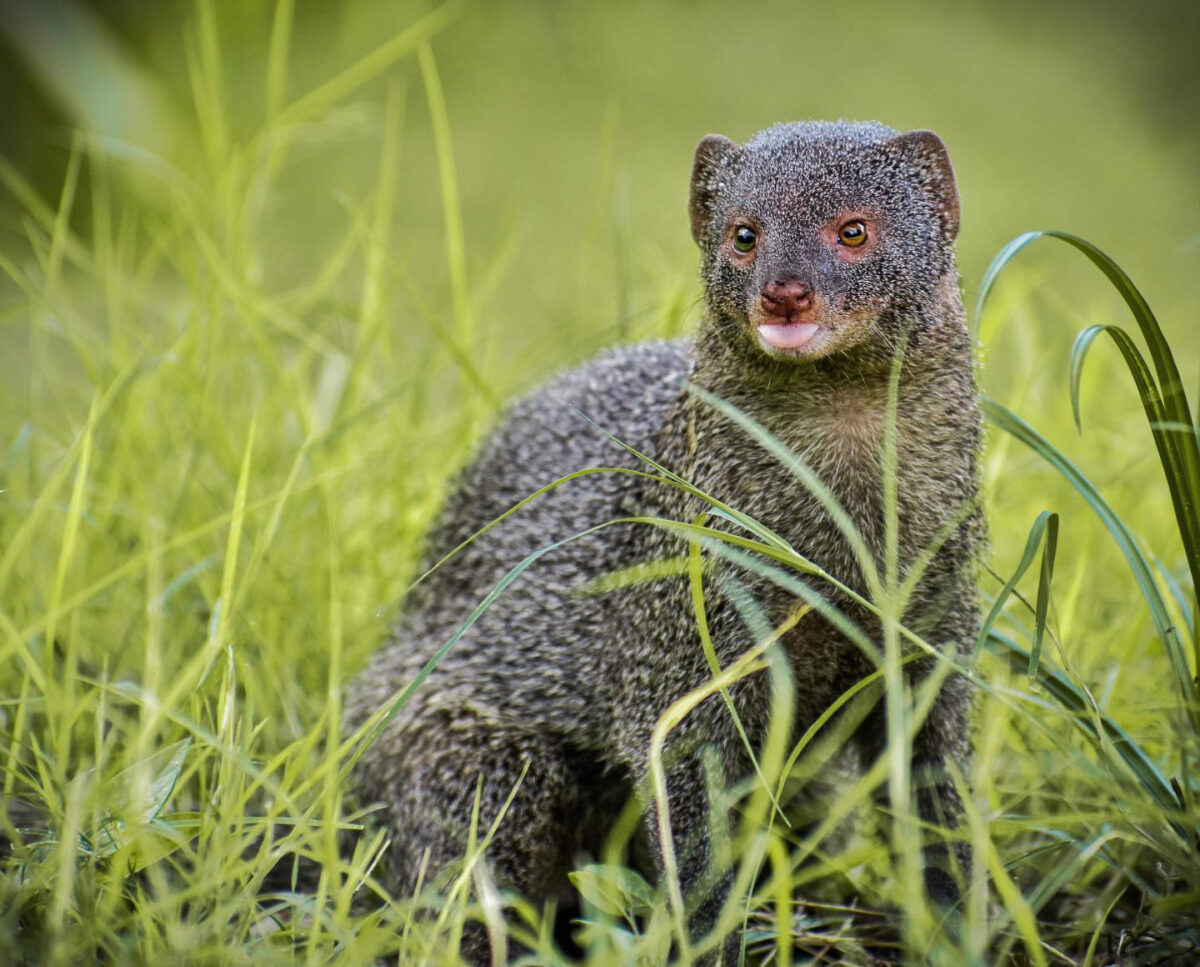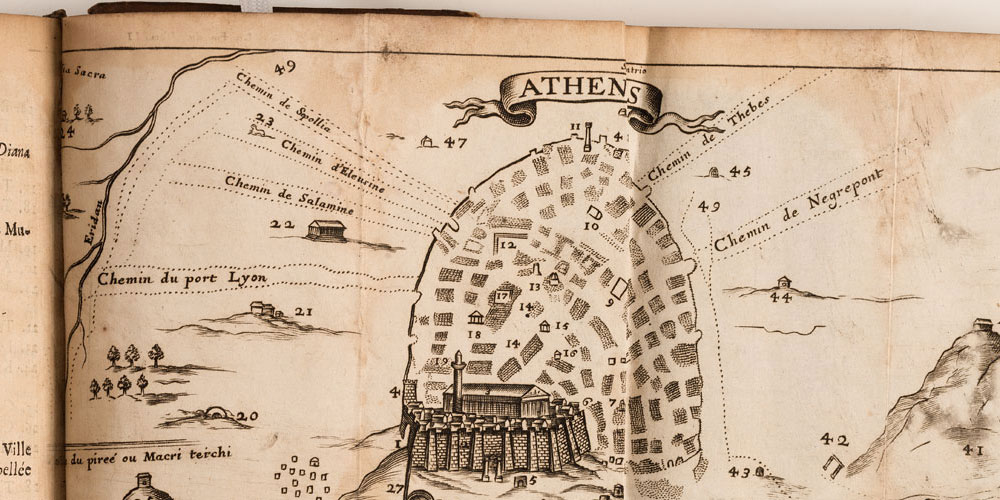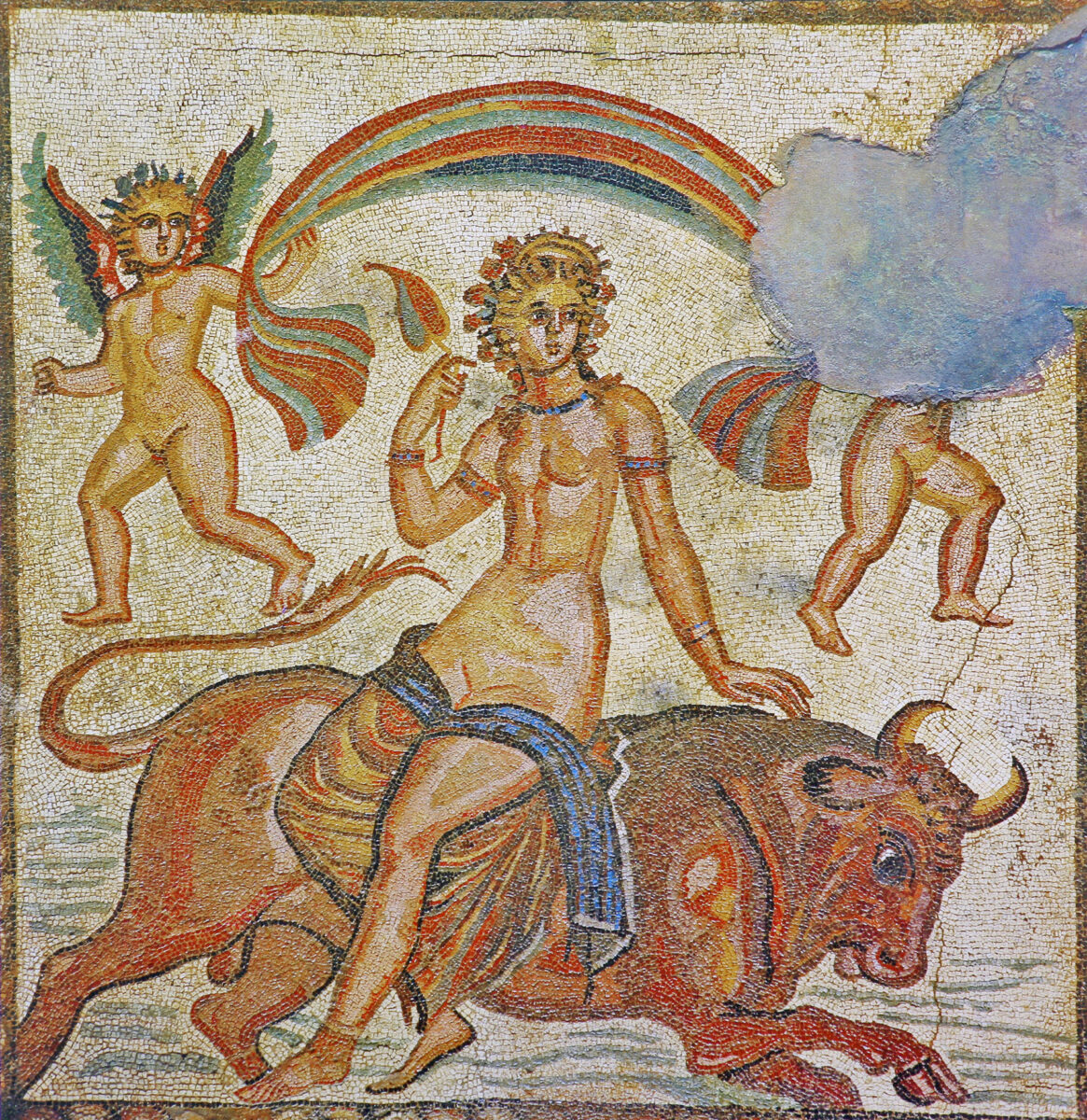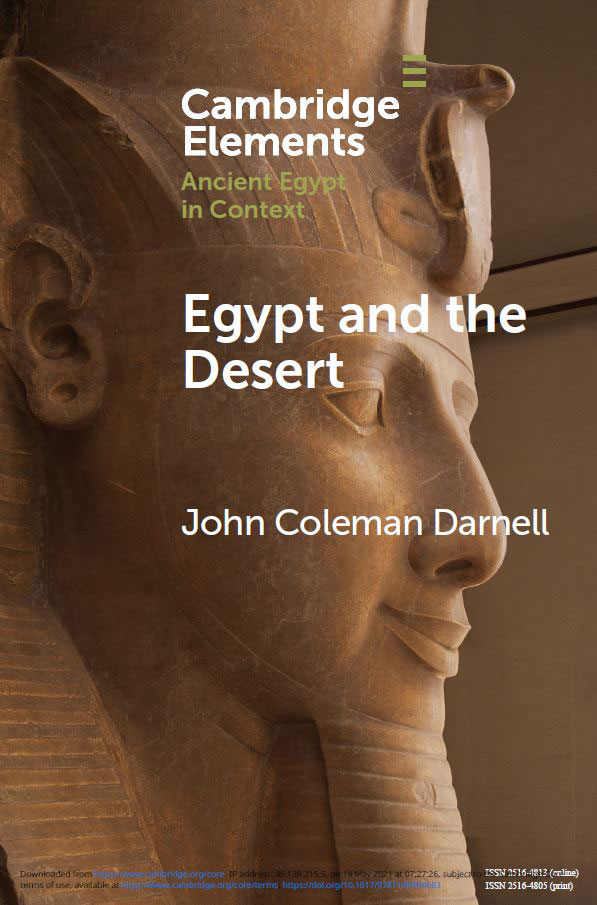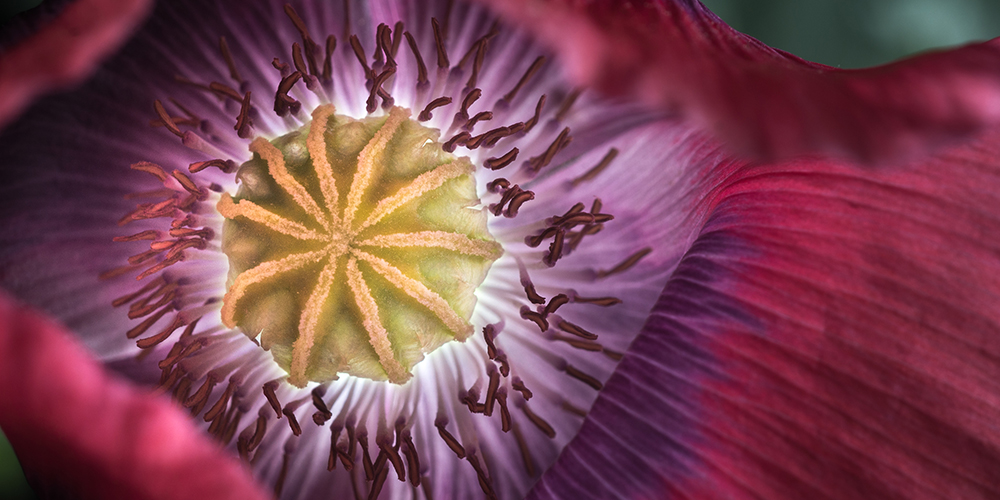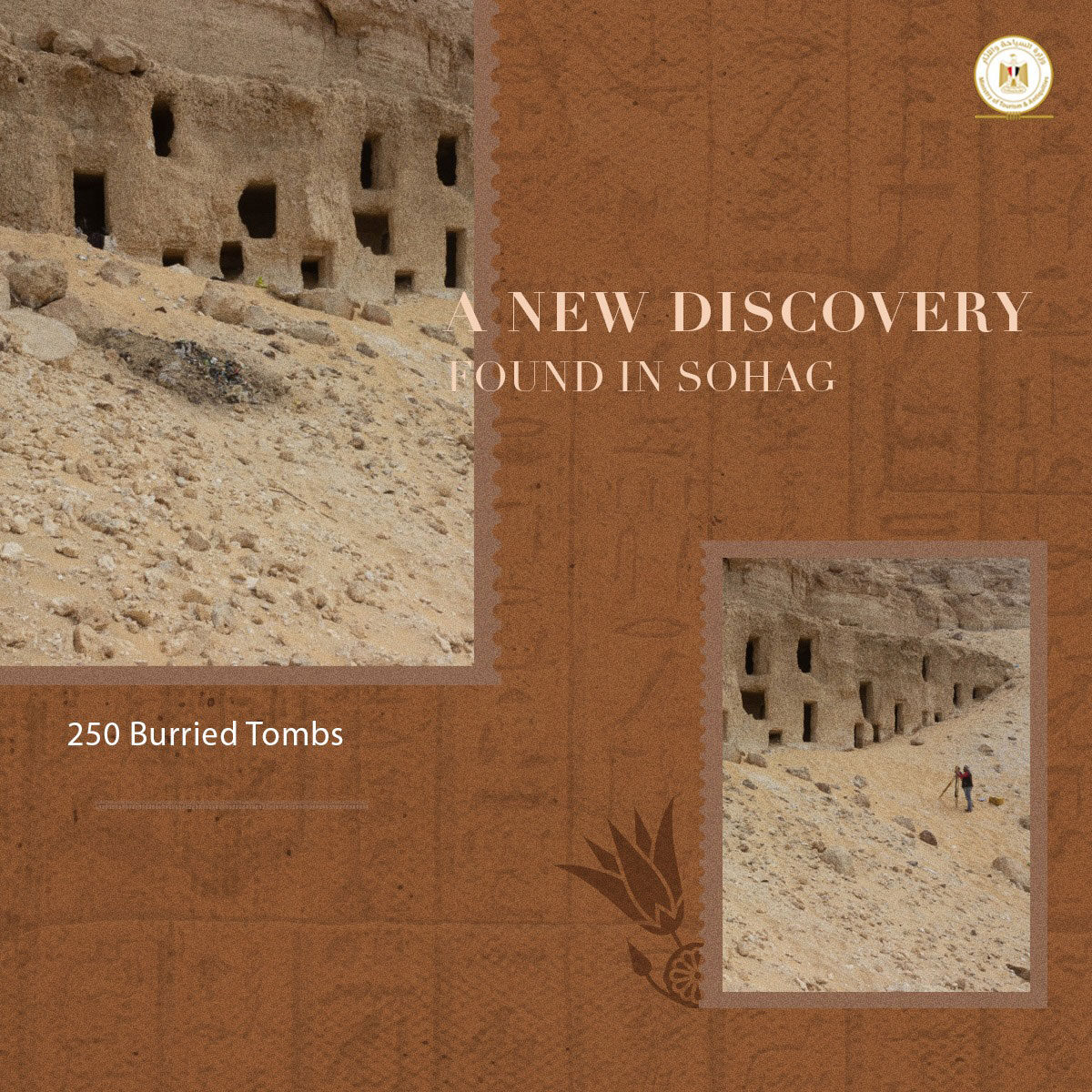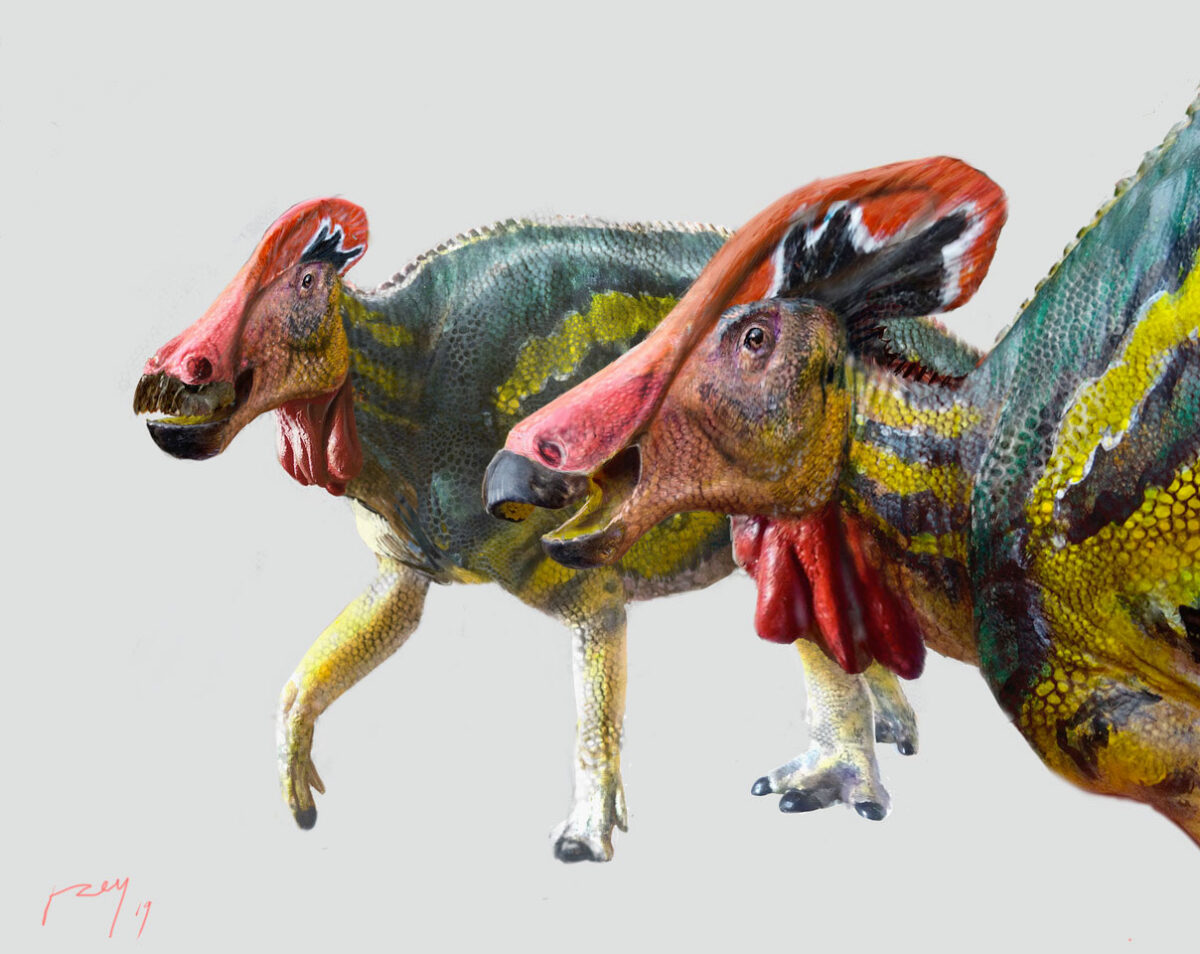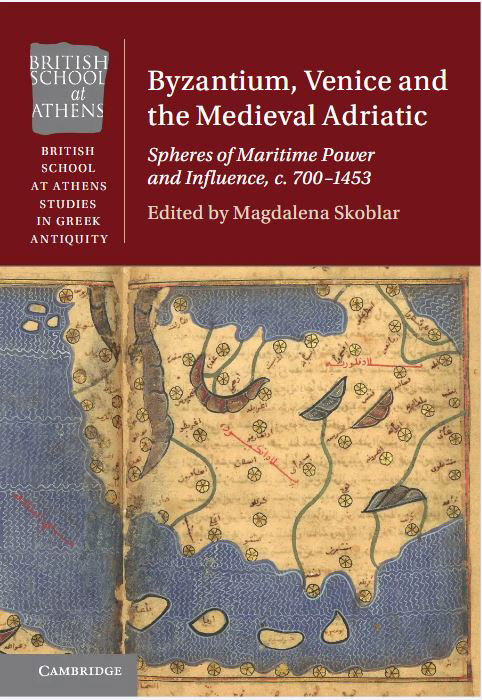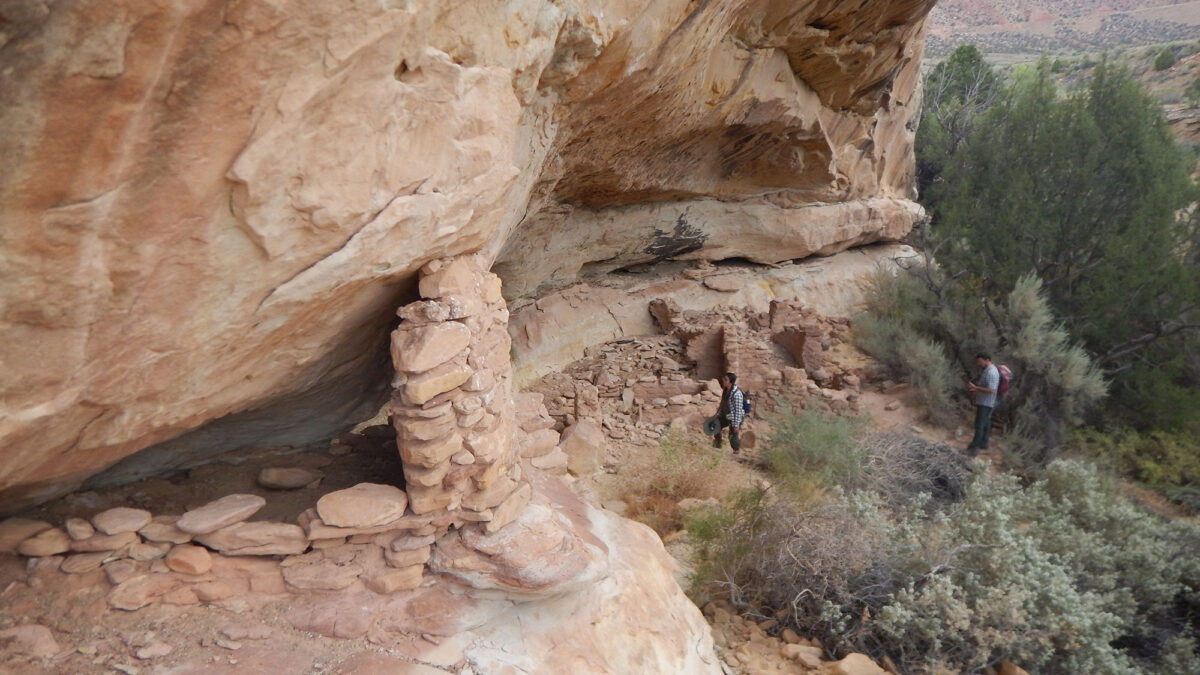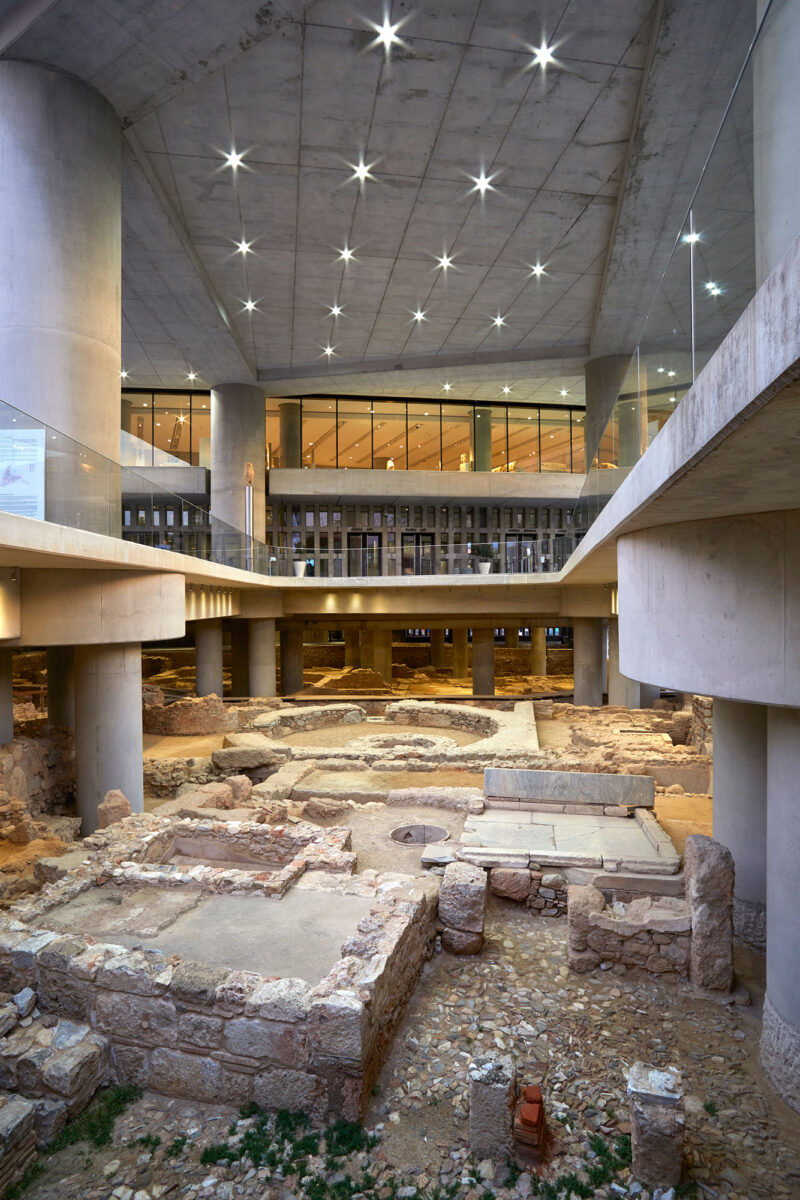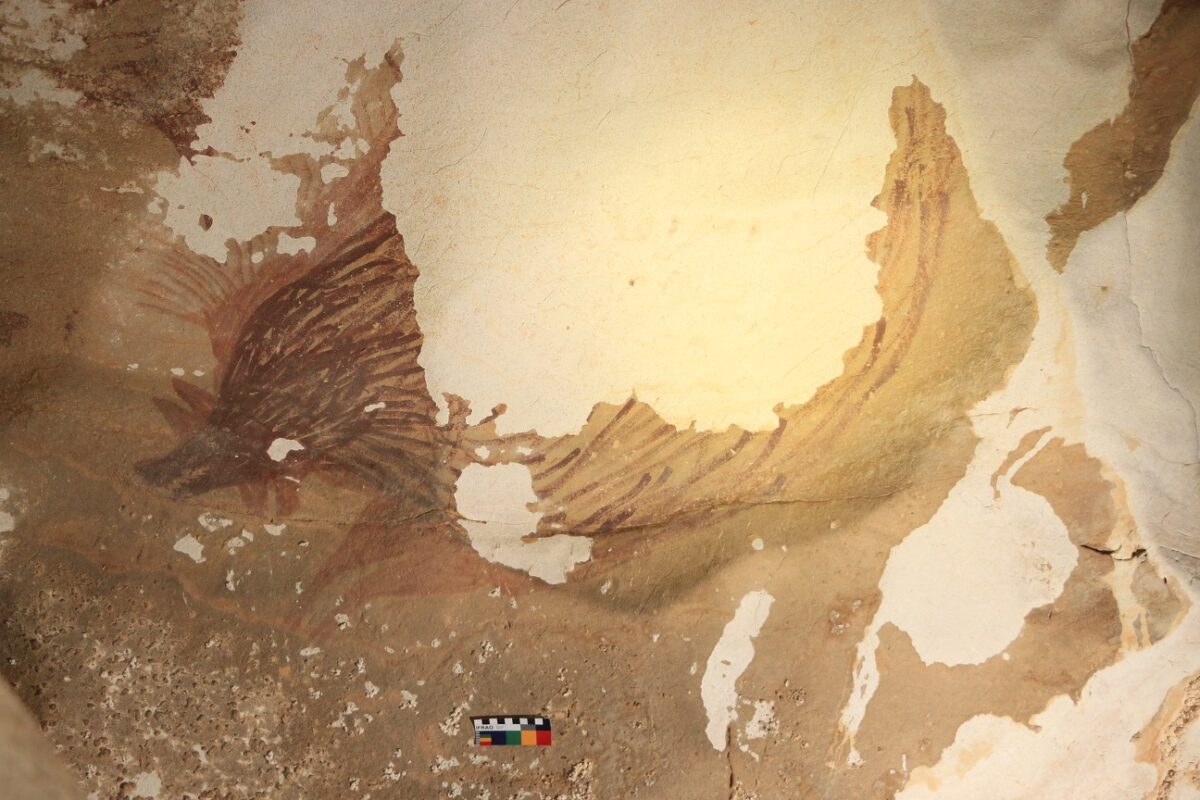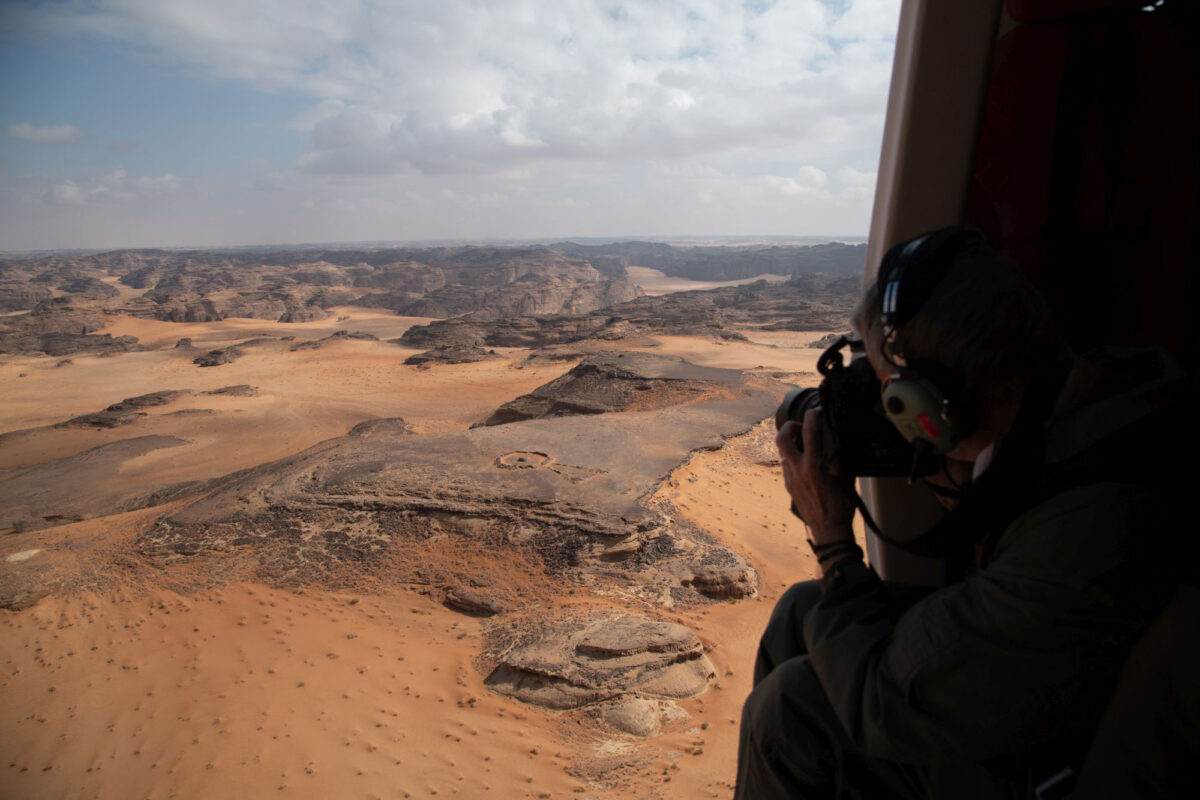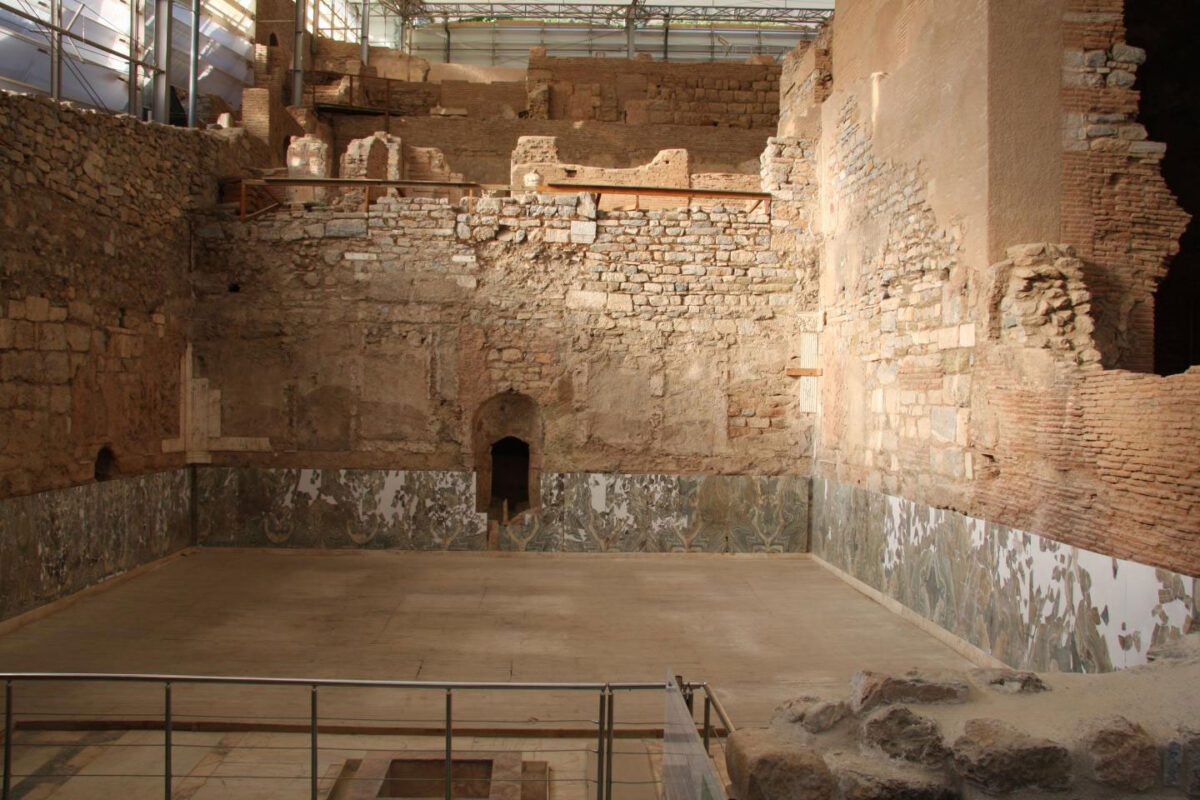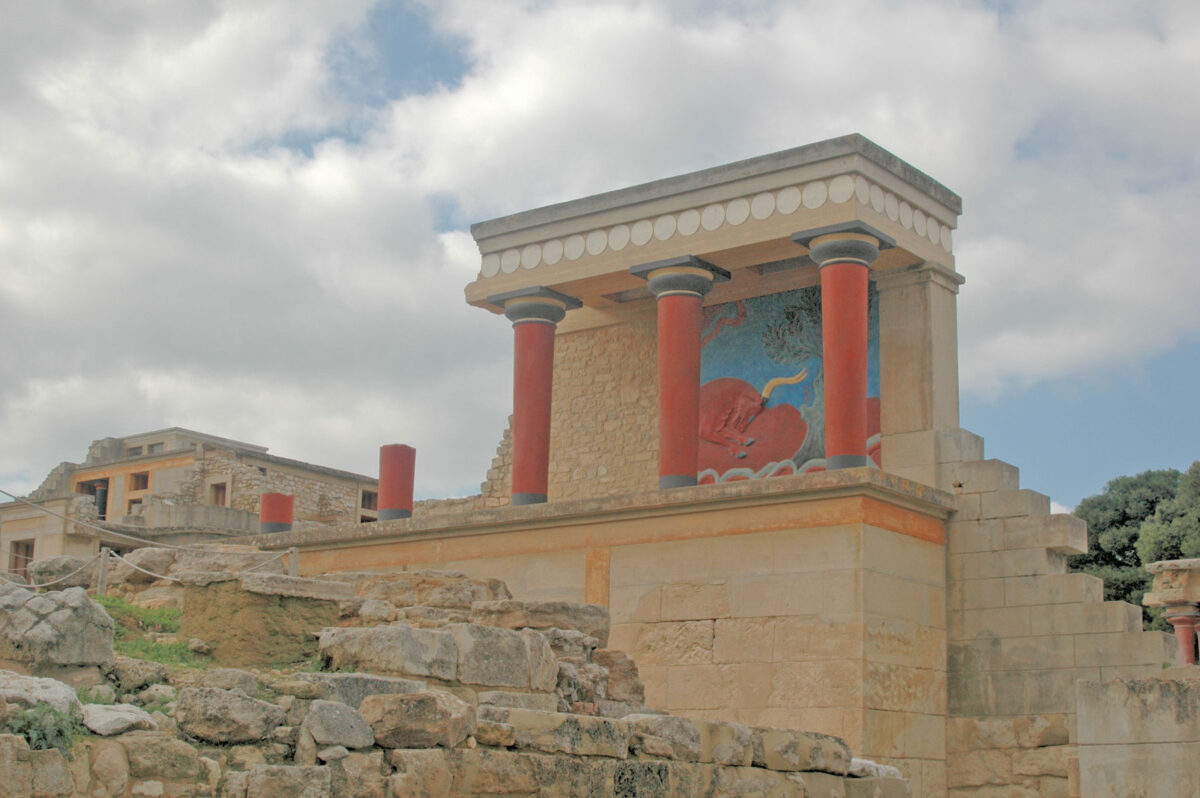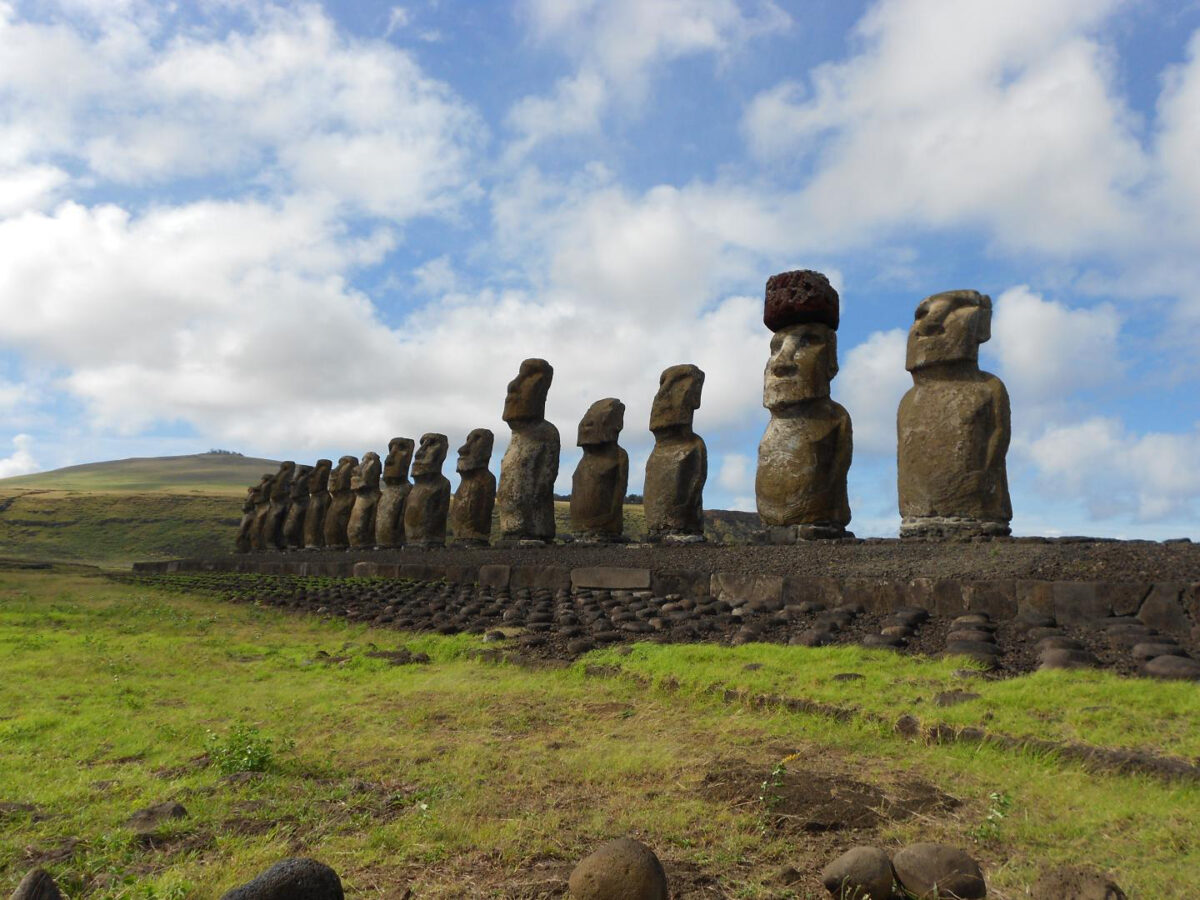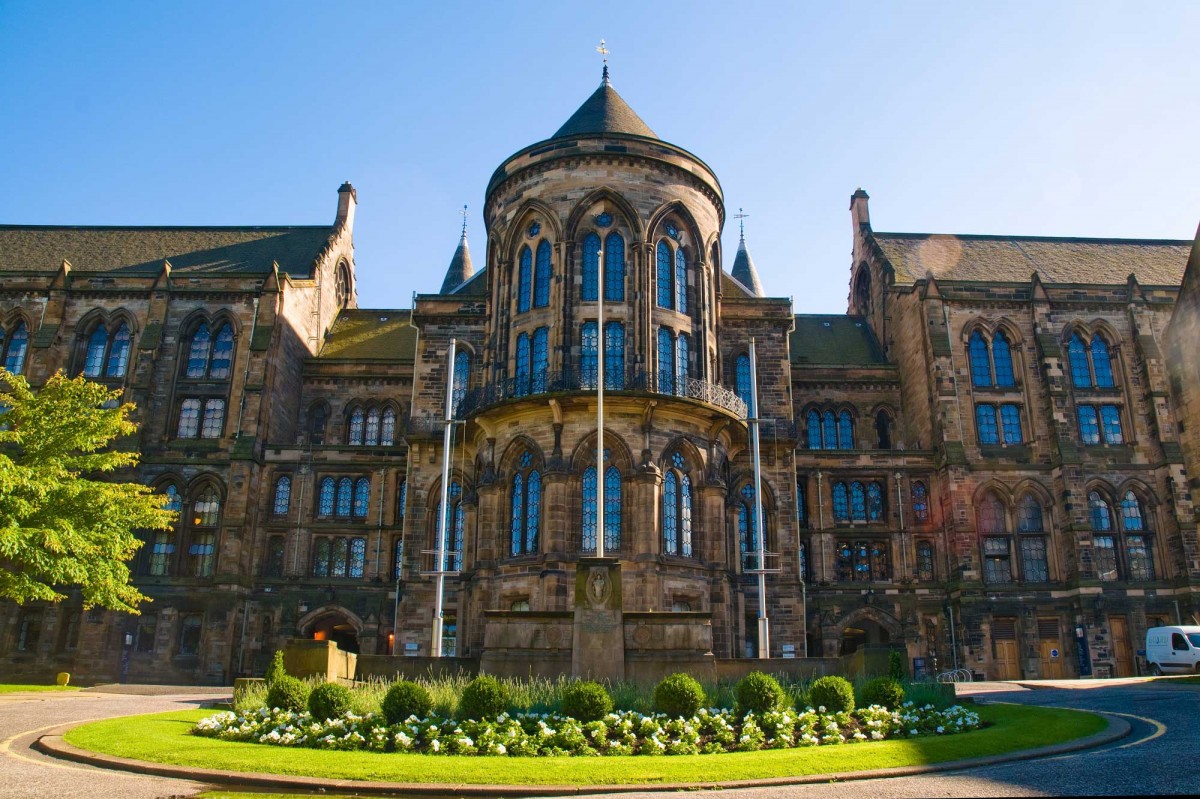How an object’s origin can facilitate authentic, inclusive storytelling
Archivists assess, collect and preserve various artifacts and archive them to better understand their origin and cultural heritage.
The entire genome from Peştera Muierii 1 sequenced
For the first time, researchers have successfully sequenced the entire genome from the skull of Peştera Muierii 1, a woman who lived in today’s Romania 35,000 years ago.
Archaeological REsearch in the North Aegean (ARENA)
An open access repository of published bibliography, as well as grey literature, regarding ancient sites of the studied region.
Exhibition: 1821 Before and After
The Benaki Museum presents a major anniversary exhibition to celebrate the bicentenary of the pivotal year in modern Greek history, 1821,
Securing Power in the Sixth-Century Roman Empire
The purpose of this workshop is to close the artificial divides, especially between “secular” and “ecclesiastical” politics, imposed on the sixth century by the specialisations of modern scholarship.
Giacometti and Ancient Egypt
The Giacometti Institute and the Louvre, invite us toexplore the relationship between the sculptor and Egyptian art.
Ancient History Chair at the University of Leipzig
The Faculty of History, Art and Area Studies seeks to fill the W3 Professorship in Ancient History at the earliest opportunity.
Takis: A World in Motion
An extensive exhibition of emblematic works by internationally renowned sculptor Takis at the Stavros Niarchos Foundation Cultural Center.
Snakes and lizards of Guadeloupe after the arrival of European colonialists
Researchers use fossil data to reveal the primary drivers and extent of colonial era extinctions.
University of Haifa: Lectureship/Professorship in the History of the Mediterranean
The position is open to any rank, although senior scholars are particularly encouraged to apply.
The “House of Europa” has opened to the public
While for many years now the monument was difficult to visit, its upgrading has at last made it accessible.
Egypt and the Desert
The book focuses on the interdependent relationship between the people of the Nile Valley and the deserts surrounding it.
Swiss farmers contributed to the domestication of the opium poppy
Through a new analysis of archaeological seeds, researchers at the University of Basel have been able to bolster the hypothesis that prehistoric farmers throughout the Alps participated in domesticating the opium poppy.
A large number of rock-cut tombs excavated in Al Hamdiya necropolis, Sohag, Egypt
This group of tombs represents the rulers and staff of the 9th province (nome) of Upper Egypt.
A new species of dinosaur has been identified
By a team of palaeontologists in Mexico after the discovery nearly a decade ago of its fossilized bones.
Byzantium, Venice and the Medieval Adriatic
This book offers the first synthesis of the history of the Adriatic between the seventh and the mid-fifteenth century.
Indigenous co-management essential for Bears Ears region
For the first time, a new study evaluated ecological legacies, archaeo-ecosystem restoration and Indigenous co-management practices in the Bears Ears region on the Colorado Plateau.
Acropolis Museum ready to welcome its visitors
The AMNA visited the Acropolis Museum just before its reopening.
Climate change could erase ancient Indonesian cave art
Griffith University-led research has revealed that some of the world’s earliest known rock art is disappearing at an alarming rate.
Mysterious stone structures in Saudi Arabia among oldest in the world
Αrchaeologists from the University of Western Australia in Perth claims that mysterious monumental stone structures called mustatils (which means rectangle in Arabic) located at the sites of AlUla and Khaybar (northwestern Saudi Arabia), may have been built for ritual purposes in the sixth millennium BC.
Production of marble slabs in the Roman imperial period
Analysis of wall decoration dating to the second century A.D. provides new insights into marble extraction and processing.
Genetic similarities between the first Bronze Age Aegean cultures
The Minoan civilization in Crete, the Helladic culture in mainland Greece and the Cycladic culture in the Aegean islands.
Rapa Nui communities offer insights for successful life in isolation
Binghamton University anthropologists Carl Lipo and Robert DiNapoli explore how complex community patterns in Rapa Nui — the indigenous name for both the island and its people — helped the isolated island survive from its settlement in the 12th to 13th century until European contact.
Fully-funded PhD opportunity on displaying ancient Egypt
The University of Glasgow is inviting applications for a fully-funded PhD opportunity: an AHRC/SGSAH Collaborative Doctoral Award between National Museums Scotland and the University of Glasgow on displaying ancient Egypt in Scotland in the late 19th and early 20th centuries.
